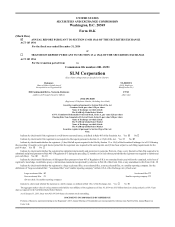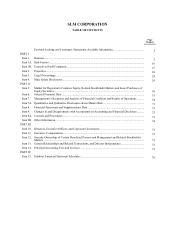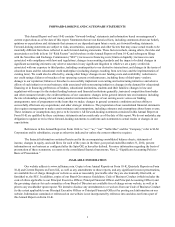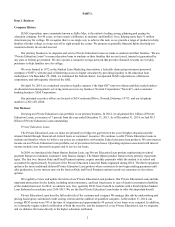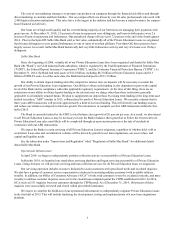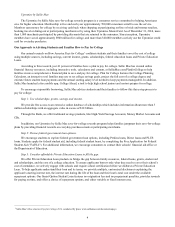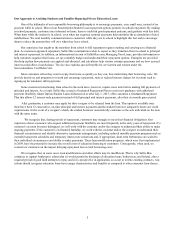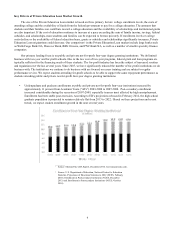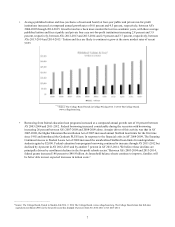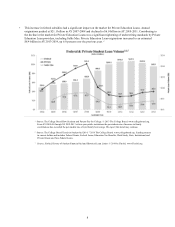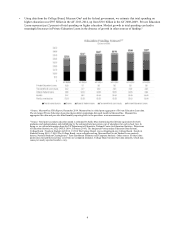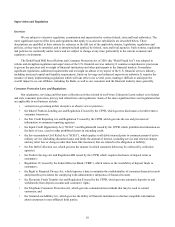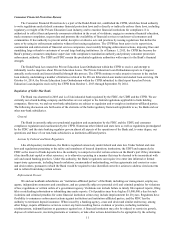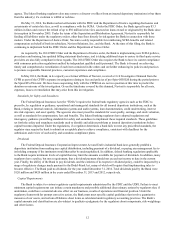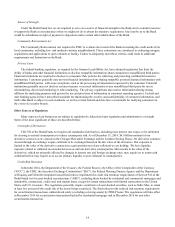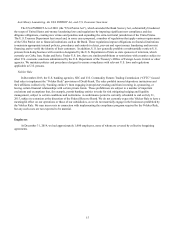Sallie Mae 2014 Annual Report Download - page 8
Download and view the complete annual report
Please find page 8 of the 2014 Sallie Mae annual report below. You can navigate through the pages in the report by either clicking on the pages listed below, or by using the keyword search tool below to find specific information within the annual report.
Key Drivers of Private Education Loan Market Growth
The size of the Private Education Loan market is based on three primary factors: college enrollment levels, the costs of
attending college and the availability of funds from the federal government to pay for a college education. The amounts that
students and their families can contribute toward a college education and the availability of scholarships and institutional grants
are also important. If the cost of education continues to increase at a pace exceeding the sum of family income, savings, federal
subsidies, and scholarships, more students and families can be expected to borrow privately. If enrollment levels or college
costs decline or the availability of federal education loans, grants or subsidies and scholarships significantly increases, Private
Education Loan originations could decrease. Our competitors1 in the Private Education Loan market include large banks such
as Wells Fargo Bank NA, Discover Bank, RBS Citizens, and PNC Bank NA, as well as a number of smaller specialty finance
companies.
Our primary lending focus is on public and private not-for-profit four-year degree granting institutions. We do limited
business with two-year and for-profit schools. Due to the low cost of two-year programs, federal grant and loan programs are
typically sufficient for the financing needs of these students. The for-profit industry has been the subject of increased scrutiny
and regulation over the last several years. Since 2007, we have significantly reduced the number of for-profit institutions we do
business with. The institutions we continue to do business with are focused on career training and are subject to regular
performance review. We expect students attending for-profit schools to be able to support the same repayment performance as
students attending public and private not-for-profit four-year degree granting institutions.
• Undergraduate and graduate enrollments at public and private not-for-profit four-year institutions increased by
approximately 11 percent from Academic Years (“AYs”) 2003-2004 to 2007-2008. Post-secondary enrollment
increased considerably during the recession of 2007-2009, especially in areas most affected by high unemployment.
Enrollment has been stable post-recession. According to ED’s projections released in February 2014, the high school
graduate population is projected to remain relatively flat from 2013 to 2022.2 Based on these projections and recent
trends, we expect modest enrollment growth in the next several years.
________
1 Source: MeasureOne CBA Report, December 2014. www.measureone.com.
2 Source: U.S. Department of Education, National Center for Education
Statistics, Projections of Education Statistics to 2022 (NCES, February
2014), Enrollment in Postsecondary Institutions (NCES, December
2013) and Enrollment in Postsecondary Institutions (NCES, October
2014).
6

